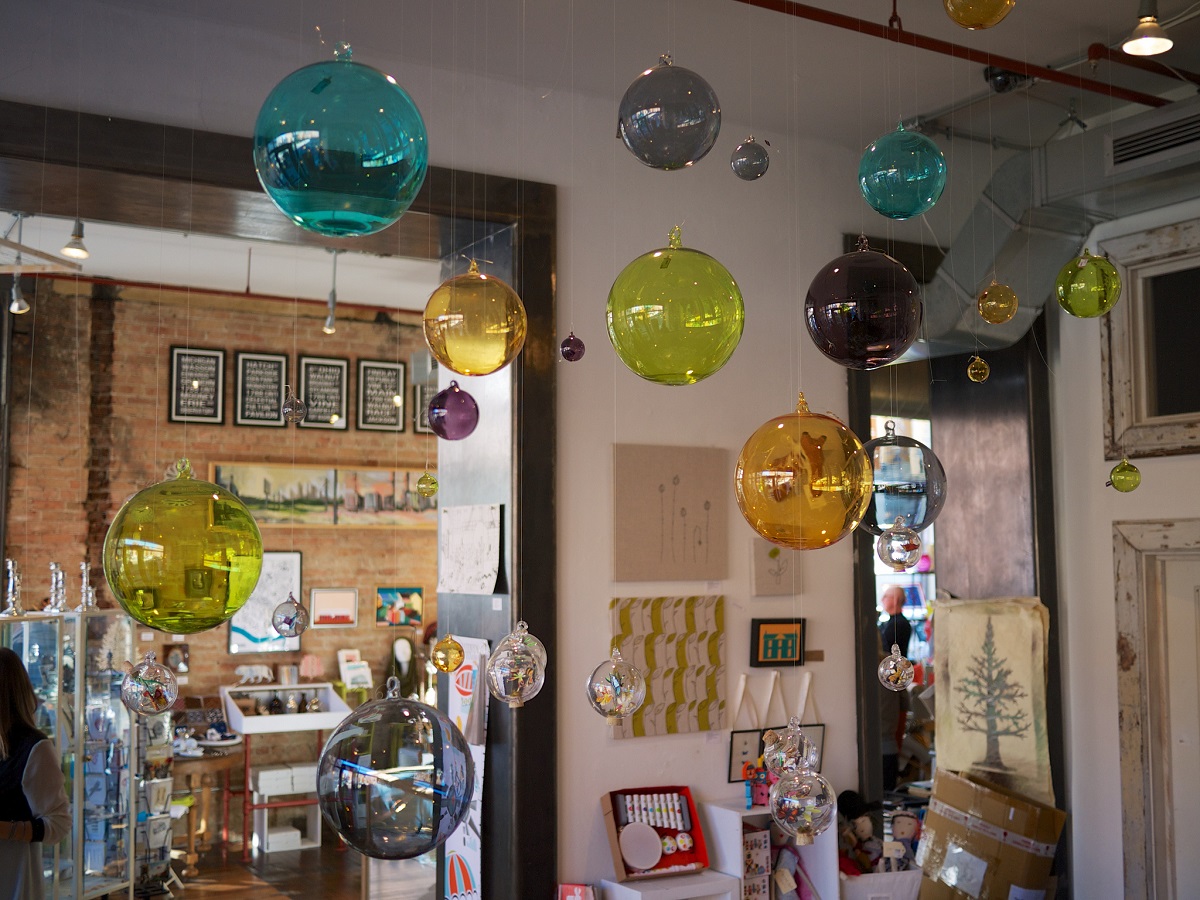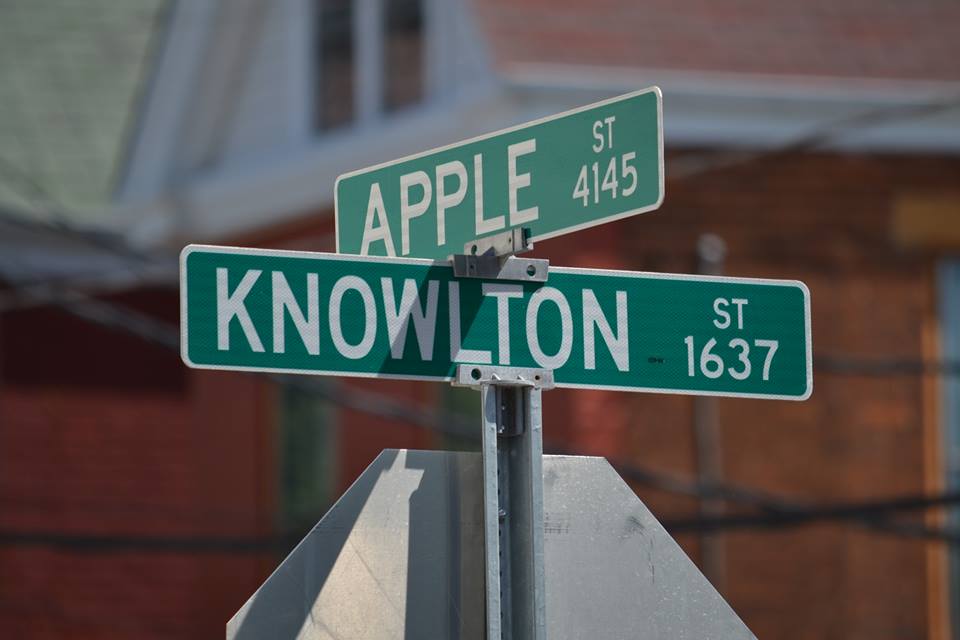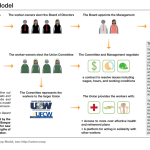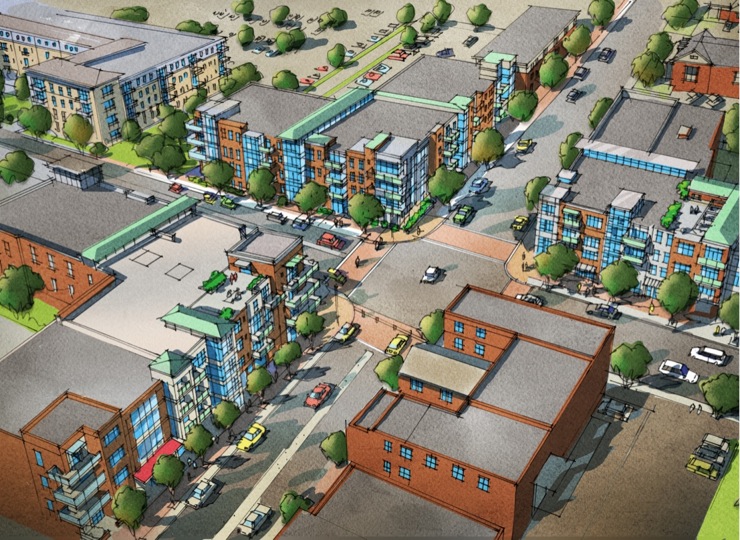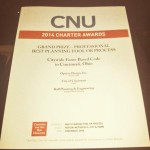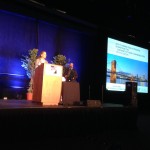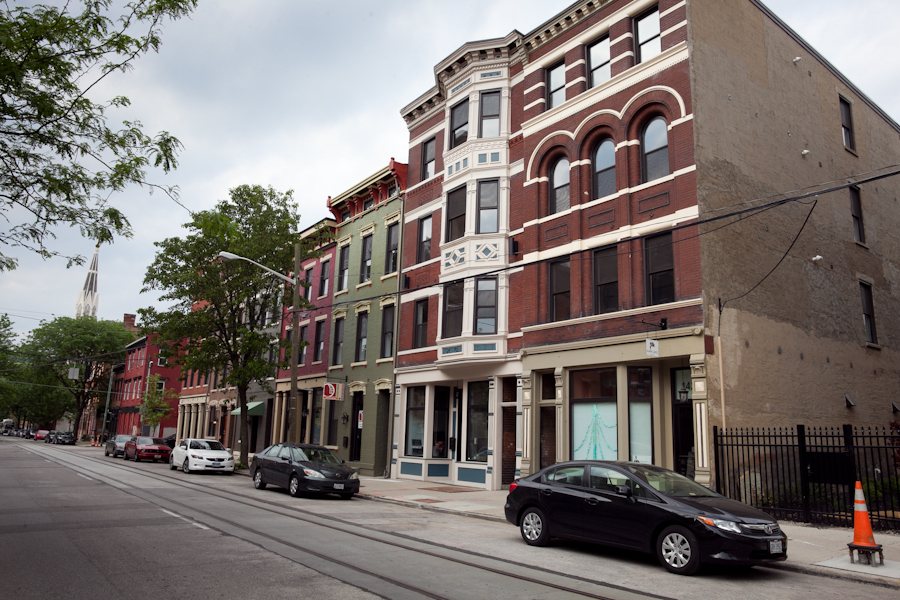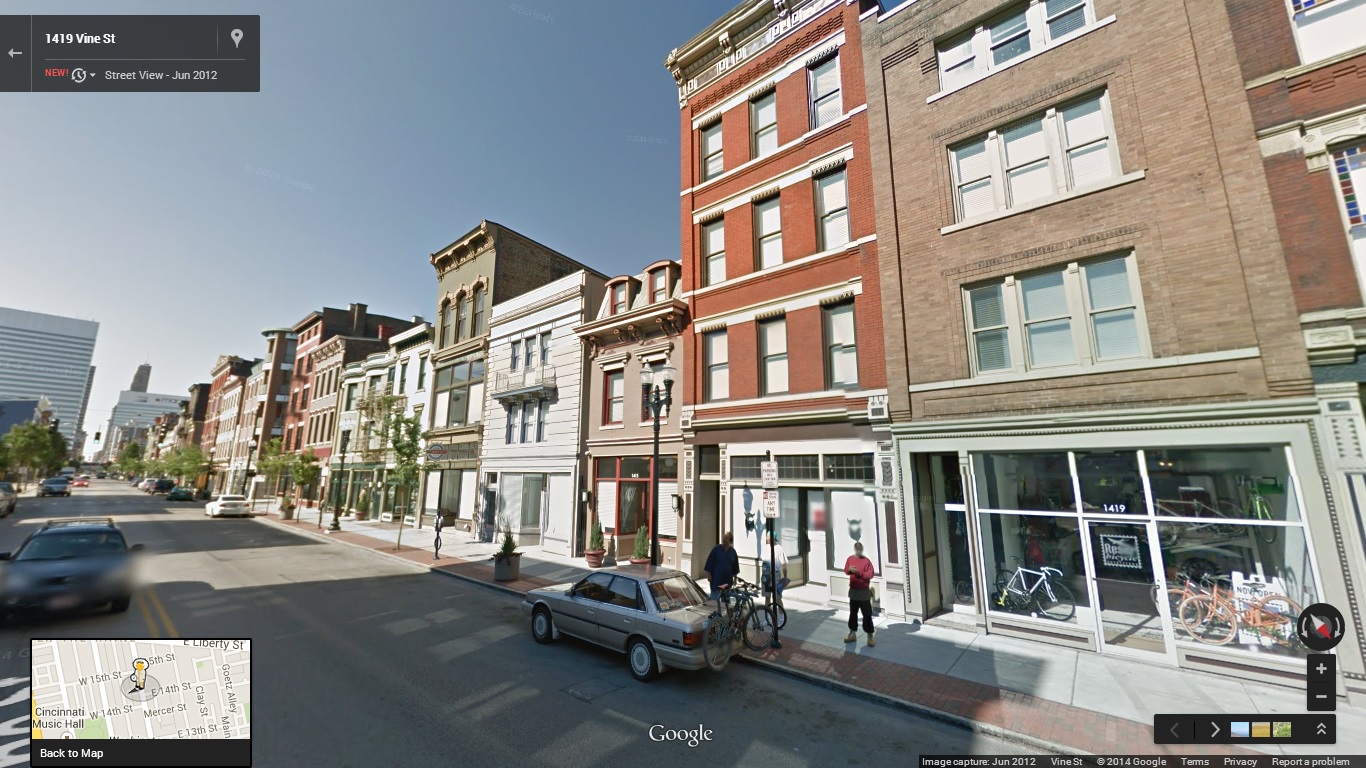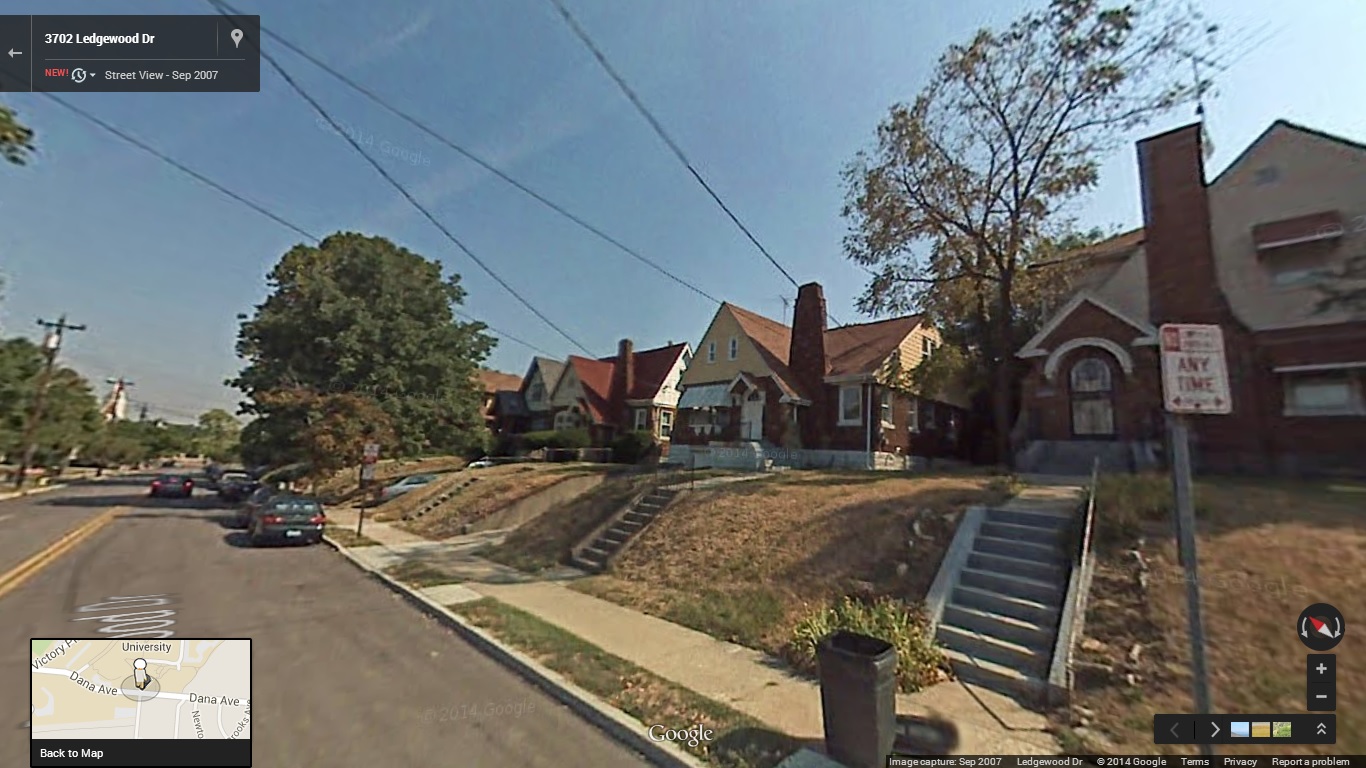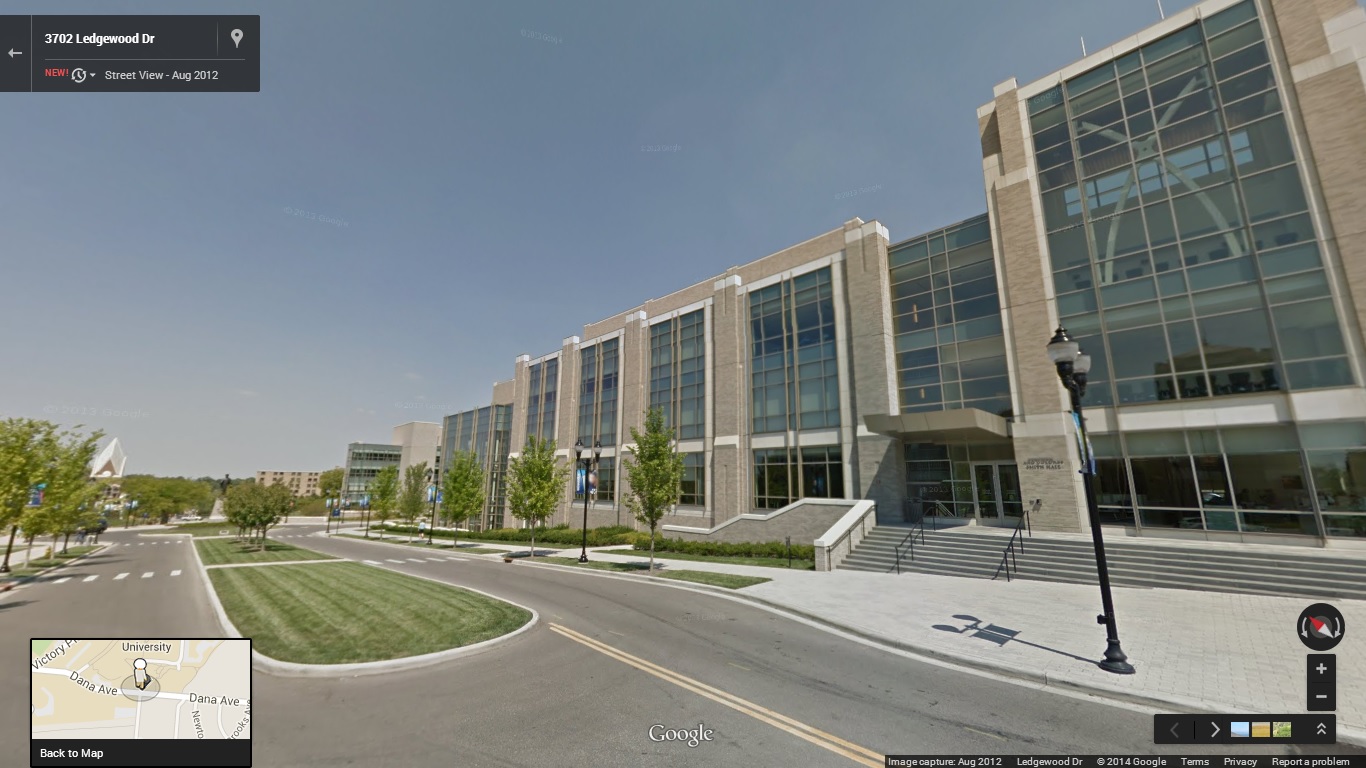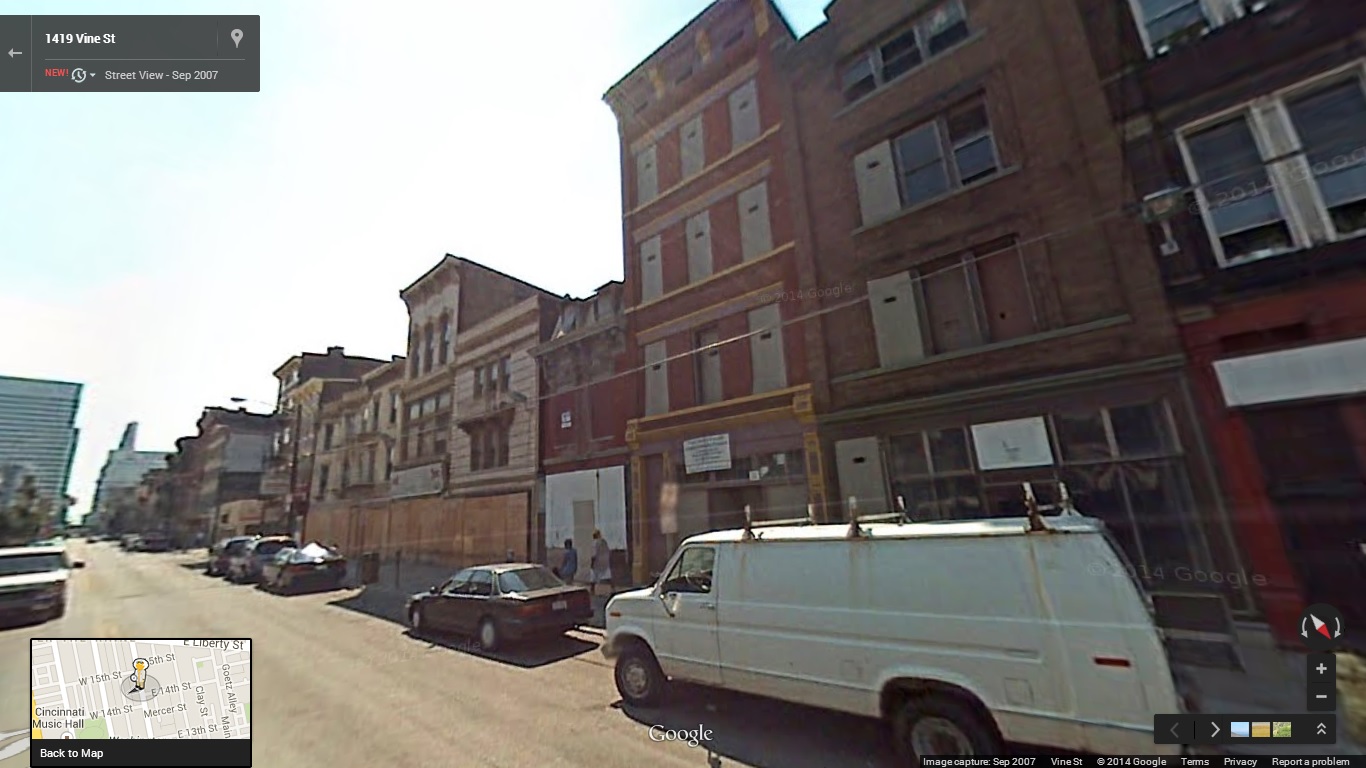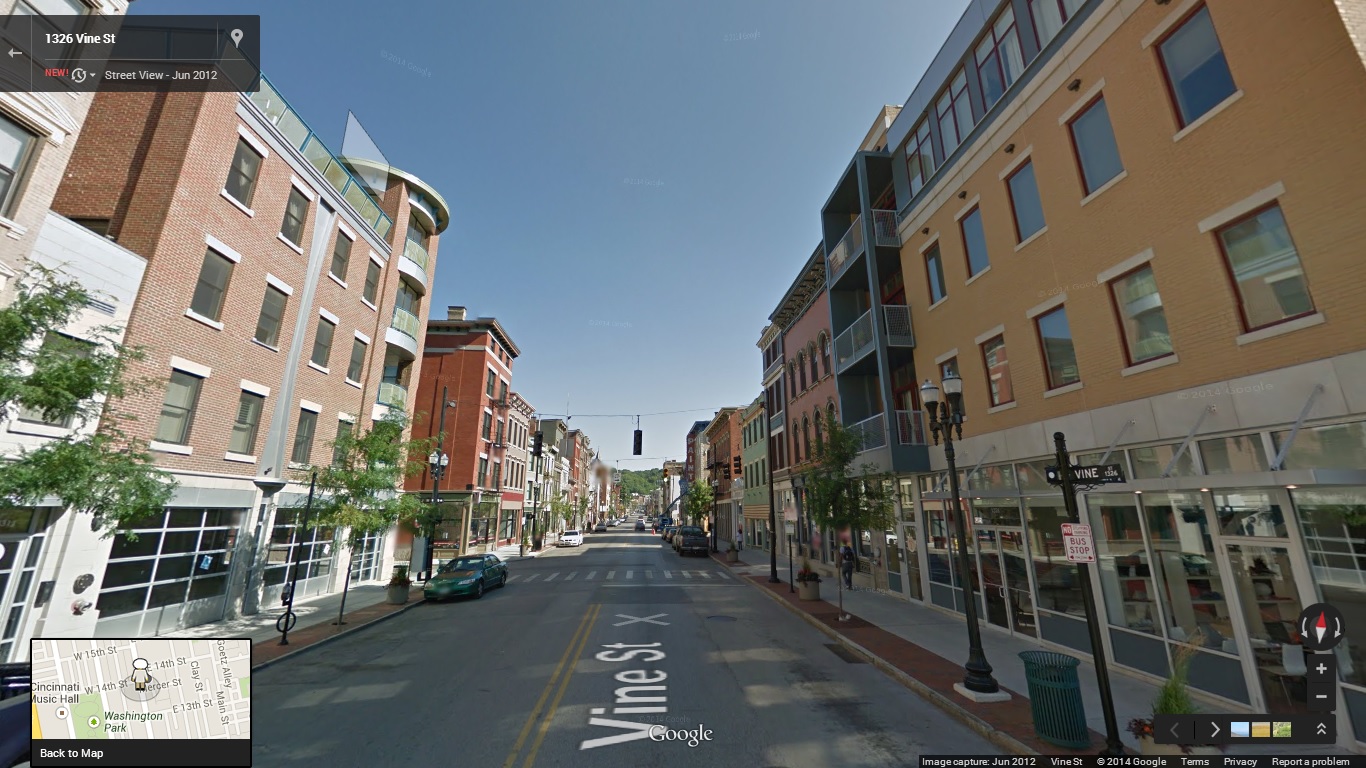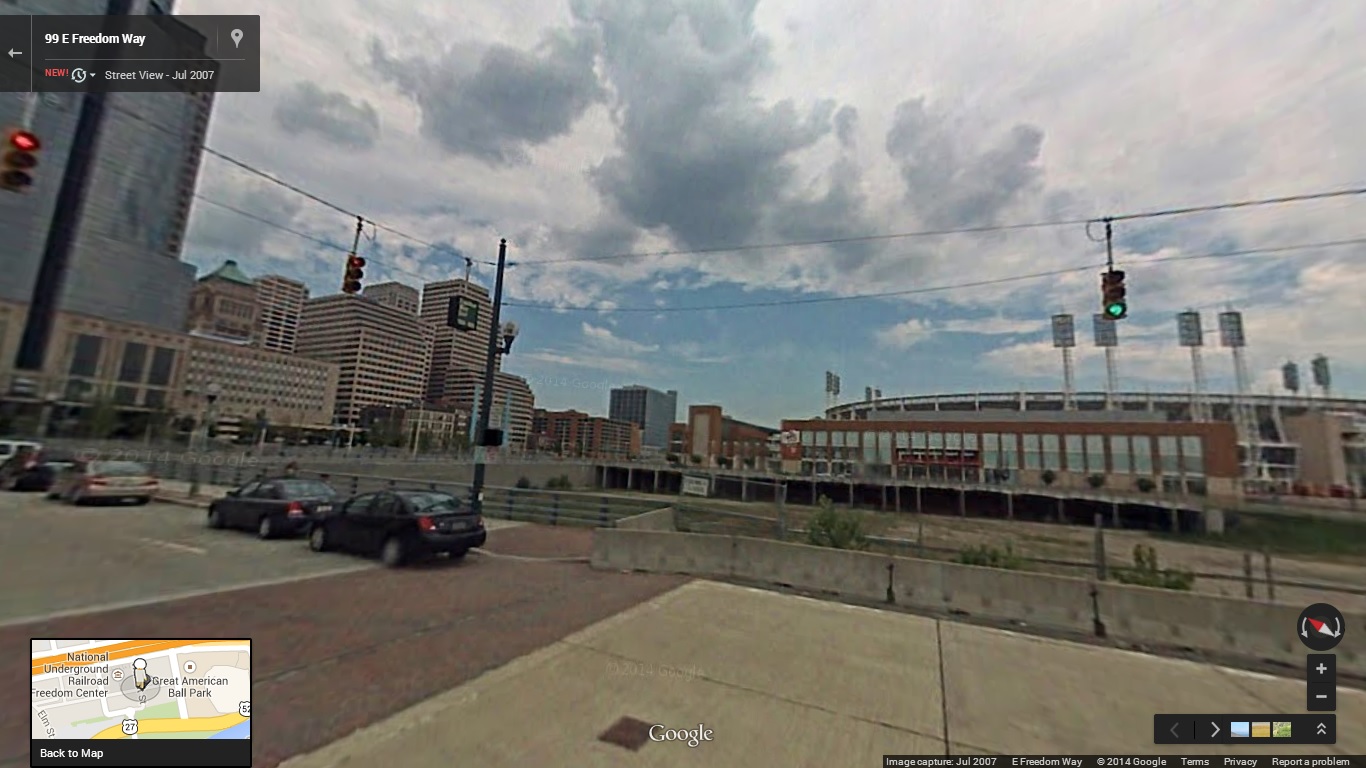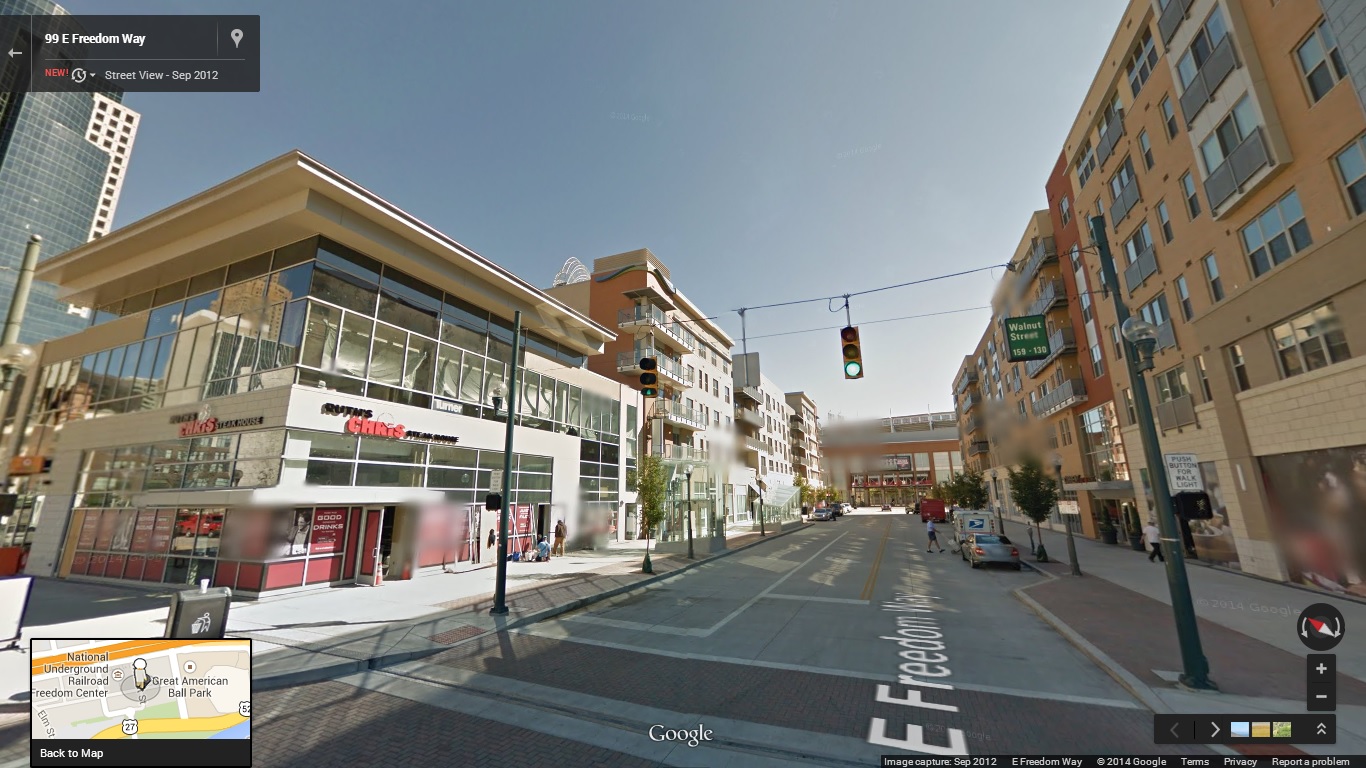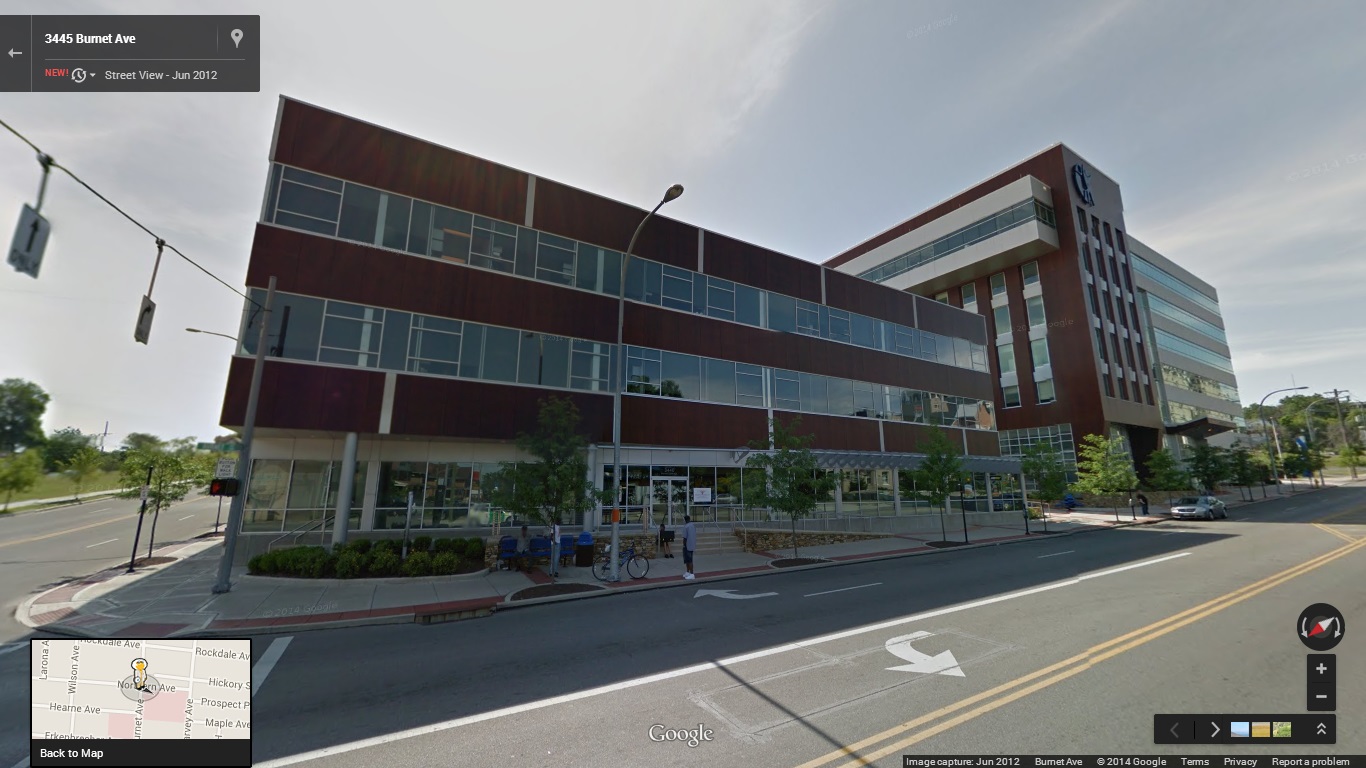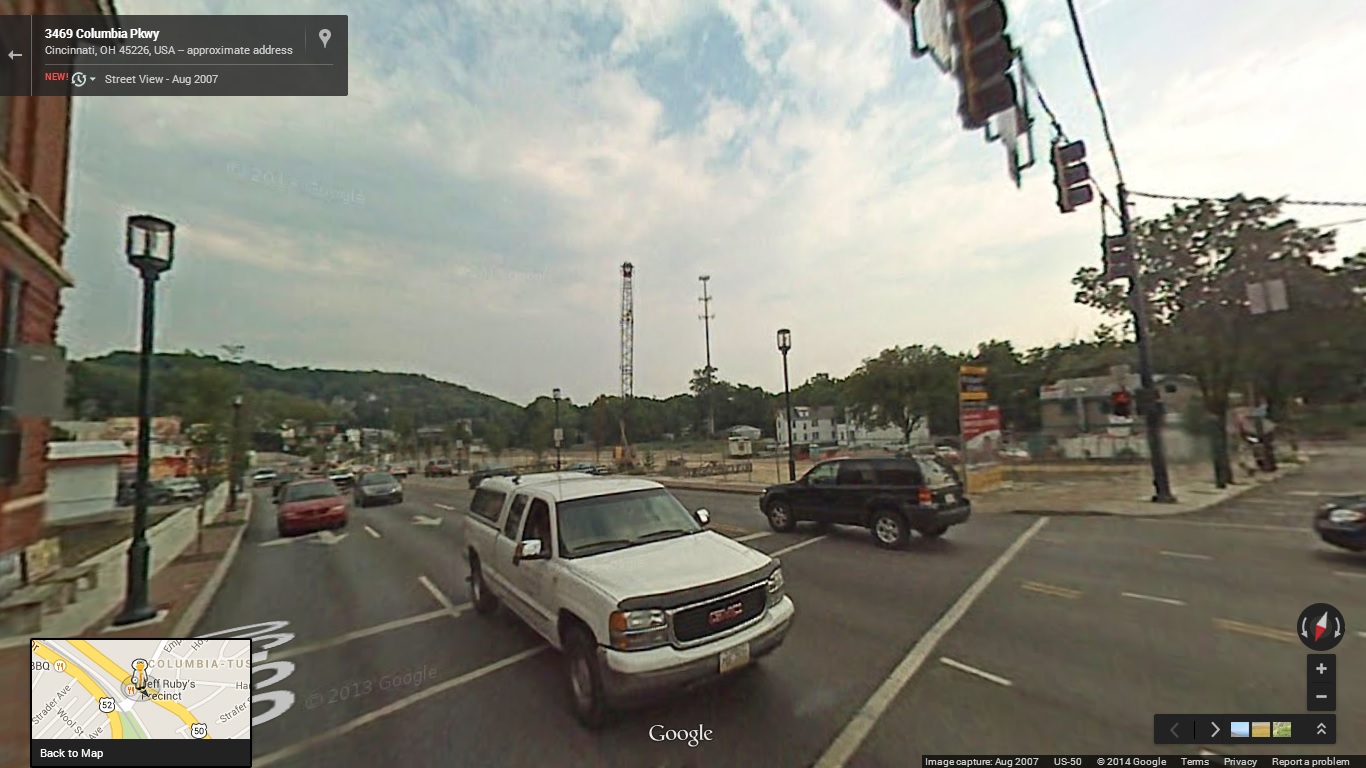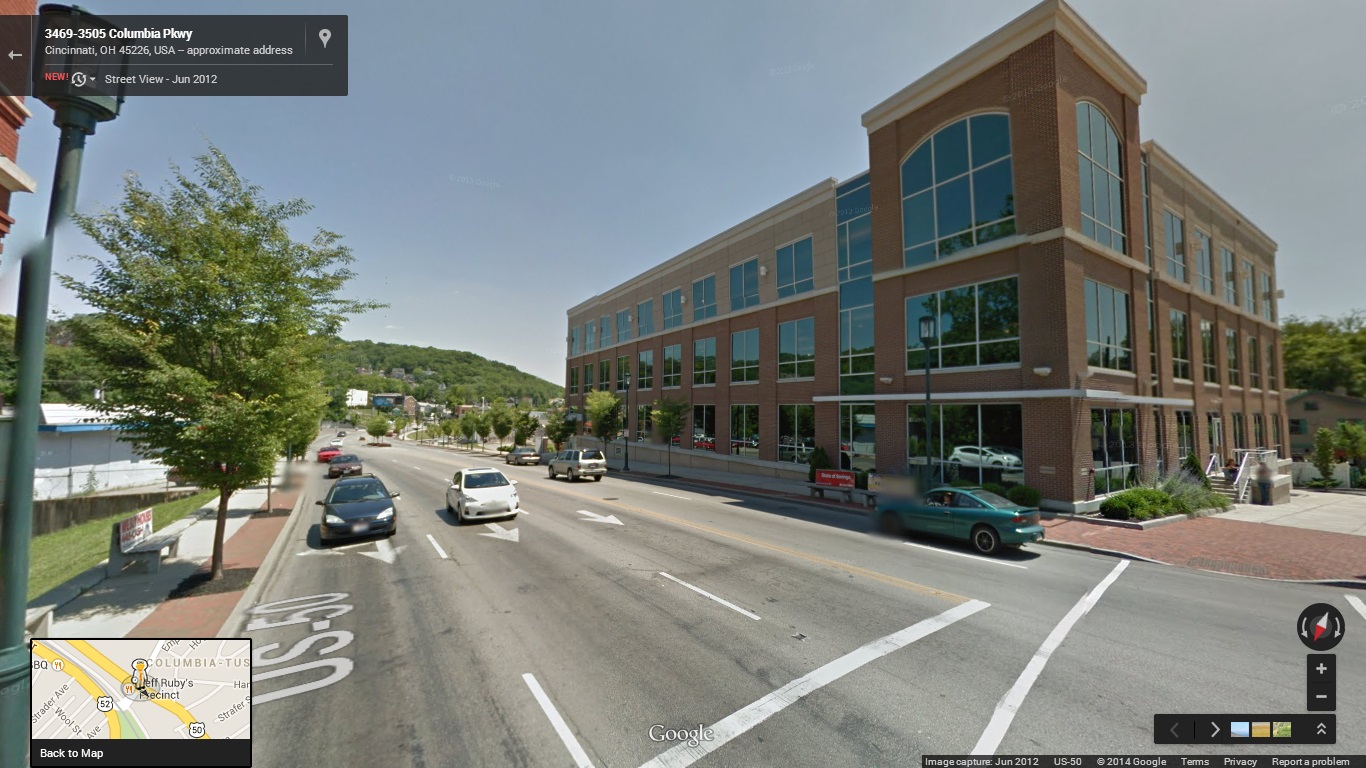The Greater Cincinnati Independent Business Alliance (CiNBA) is hosting their second annual BuyCincy event this weekend between November 21 and November 23.
While in only its second year with CiNBA, the BuyCincy event has actually been running in some form for eight years now, following its initial launch through the now defunct BuyCincy blog.
CiNBA, which was established in in 2012, is the first independent business alliance, of 90 nationwide, to have successfully partnered with a university. In this case that institution is Xavier University’s William’s College of Business .
“CiNBA’s mission is to create a thriving community of local independent businesses and non-profits by supporting and representing the value of those in the Greater Cincinnati area and works to accomplish this mission through networking, marketing and events such as the BuyCincy Holiday Event,” said Madison Wallace, a Xavier University student in charge of the social media marketing for CiNBA and BuyCincy.
Initially launched as a blog in 2007, BuyCincy has since morphed into a brand used to promote local spending, and help area residents discover new local businesses. This year, organizers say, the event is expecting more than 150 businesses to participate from more than 15 different neighborhoods, including Bellevue, Over-the-Rhine, Hyde Park and College Hill.
Last year the event had 146 participating businesses from 20 different neighborhoods. Organizers estimate that the approximated spending during the four-day event totaled $25,000. Similar events to this one nationwide tend to boost sales in the participating neighborhood business districts. On average, independent business organizations estimate that those participating areas see 5.3% more business activity than other non-participating areas.
“We know small businesses get lost in frantic “big box” promotions during the holidays, so we created BuyCincy’s Holiday Event to bring our city’s local businesses together with a ‘buy local’ shopping message,” CiNBA explains.
The three-day BuyCincy Holiday Event will take place the weekend before Thanksgiving. The complete list of participating businesses can be found on the group’s website, and includes shops, restaurants, bars and other local establishments to round out your holiday shopping experience.
